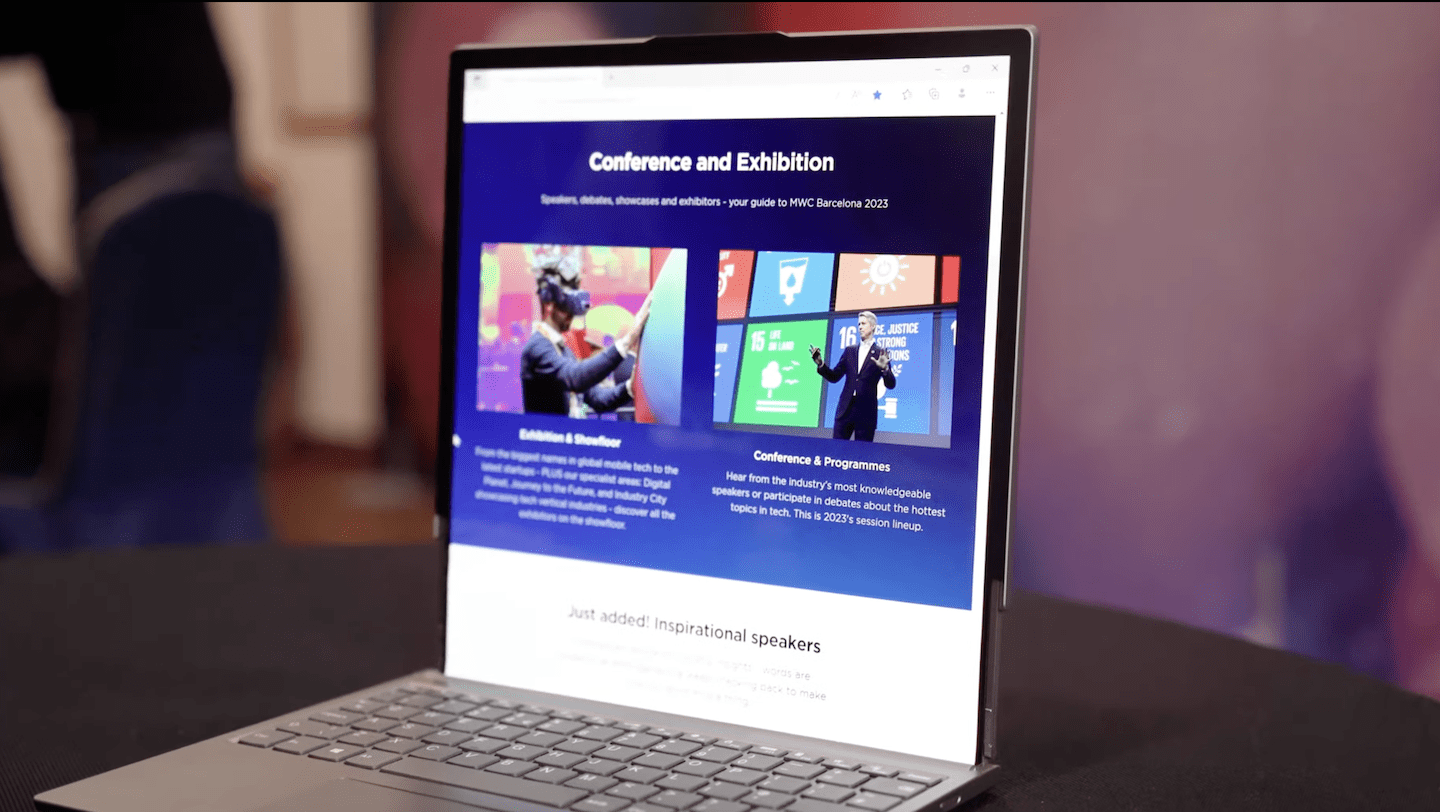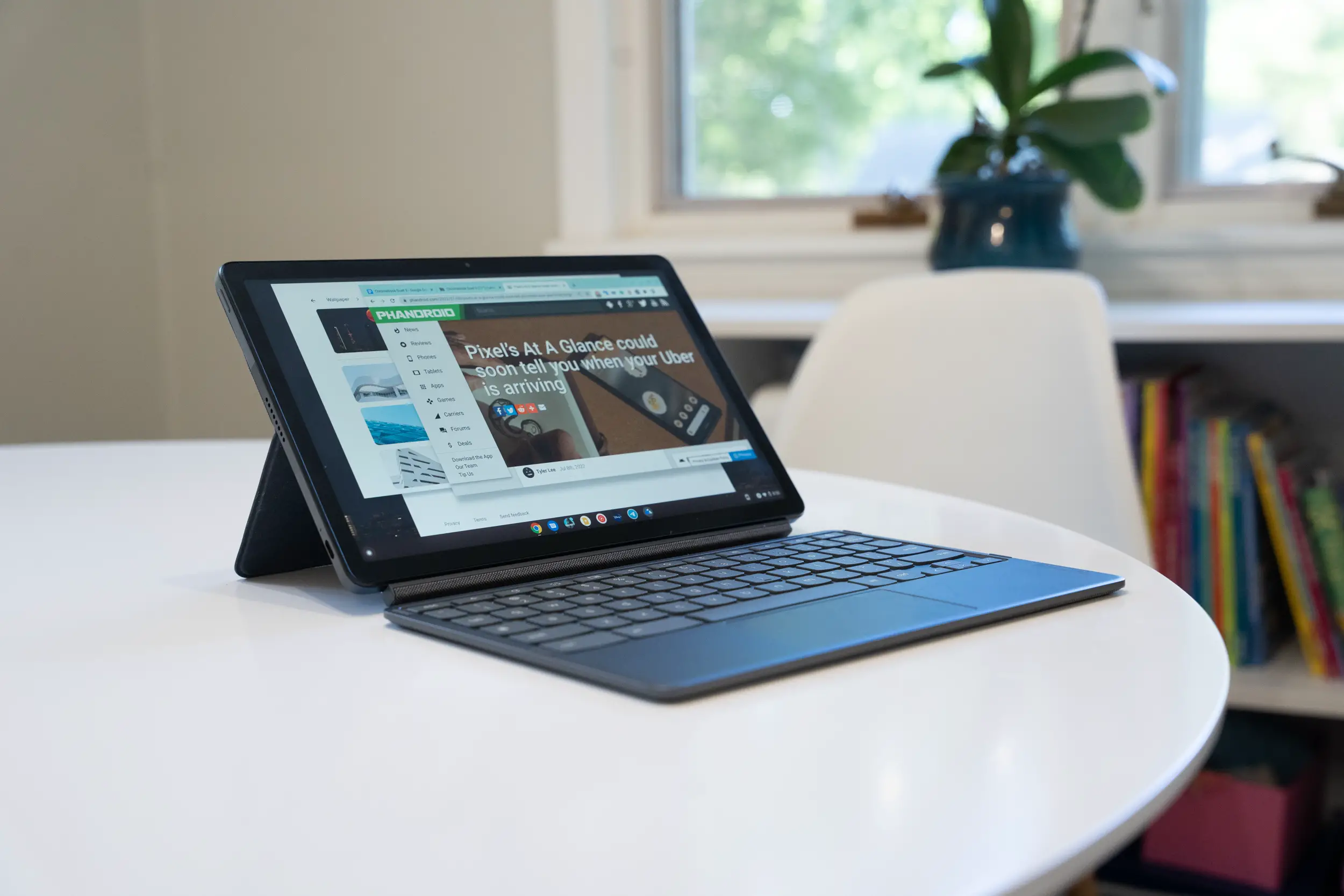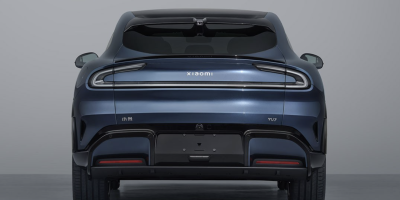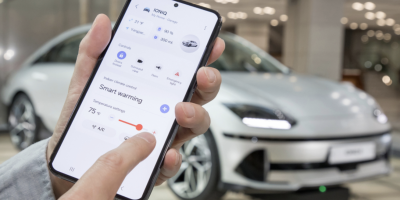Android Auto has been around since 2015, but it’s not a replacement for a car’s infotainment system. It’s simply an add-on and one that requires a smartphone to work. Your phone is doing all of the processing and networking with Android Auto. While this system is wonderful and it makes any car better (as you can avoid using the already outdated and laggy factory infotainment system), there’s another industry that Google is delving into.
Android Automotive OS is an operating system designed to replace a manufacturer’s own proprietary infotainment system with Android, though it’s not exactly the same Android we know and love. This is an entirely new interface that encompasses HVAC (air conditioning and heating), car settings, music, radio, navigation and everything else you would normally find in a car’s infotainment. We got to see a demo at Google I/O 2019, and despite the numerous bugs and freezes, there’s quite a bit of potential. The main interface is made by Google but the manufacturer will integrate their own car settings into the interface, as well as add apps where necessary.
The interface is split into four categories, and each one can be customized. There’s navigation, media, phone, and car data. In the case of the Polestar 2 (a performance electric car from Volvo) that Google brought out to the show, this gives information on the battery charge. Each section can be changed between apps with a swipe down. Below that is an HVAC section for temperature and seat heating and cooling. Of course, this is also controllable with Google Assistant so you don’t have to be poking at your display.
Google Maps looks much like it does on Android Auto, but it gets a new feature that shows your final charge when you get to your destination. If you don’t have enough charge, or you want to stop by a charging station, Google Maps supports finding a charging station.
It’s a bold move for Google to go into factory infotainment systems. Existing systems may be outdated and annoying on most cars, but they’re also built to a certain reliable, rugged standard. During our demo period, the maps froze up and the car’s infotainment system had to be restarted by an engineer. The car isn’t ready for launch yet, but knowing Google, we’re likely to see bugs even once it is launched. Hopefully, the company will focus on a simple, bug-free experience before we see cars rolling out with the system. The Polestar 2 (which will launch at $63,000 in the US) is the first car to have Android Automotive.
This won’t replace Android Auto, as they are two different systems for two different purposes. They will live alongside each other for quite some time. However, this is definitely a strong move from Google to further push into the automotive world.











Comments